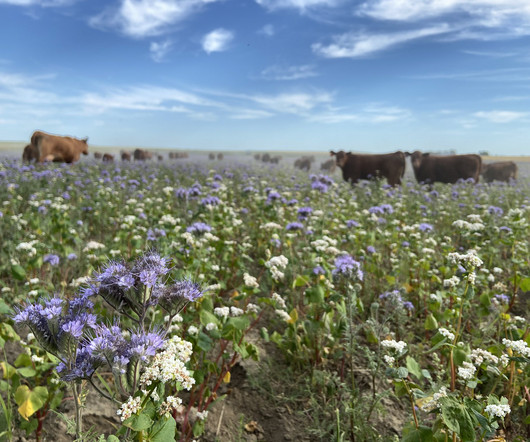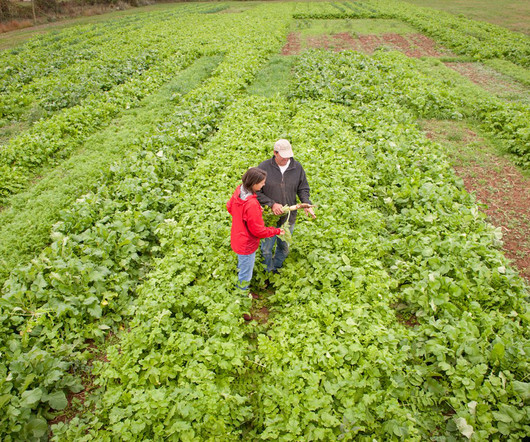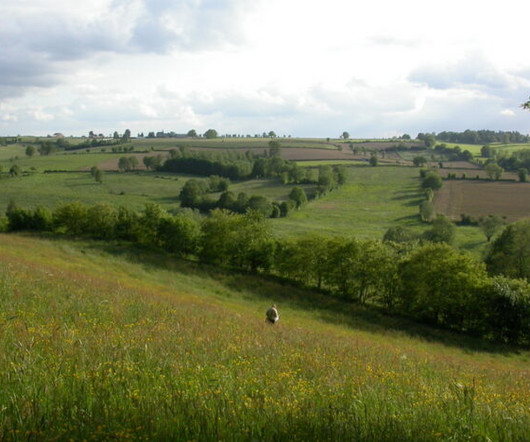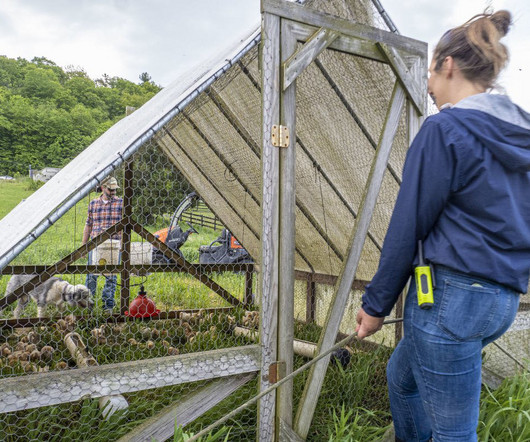The ranching industry’s toxic grass problem
Food Environment and Reporting Network
MARCH 27, 2024
Fescue toxicity is the most devastating livestock disorder east of the Mississippi,” said Craig Roberts, a forage specialist at the University of Missouri (MU) Extension and an expert on fescue. Instead, in 2012, they converted 90 acres of pasture to native warm-season grasses, using their own money and cost-share funding from the U.S.

















Let's personalize your content